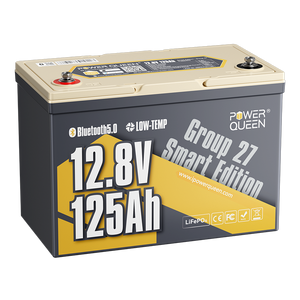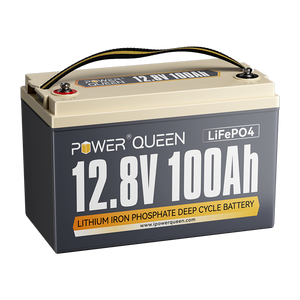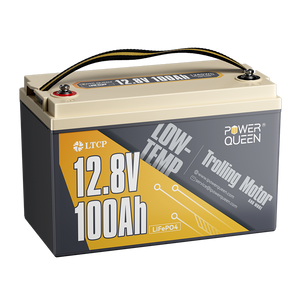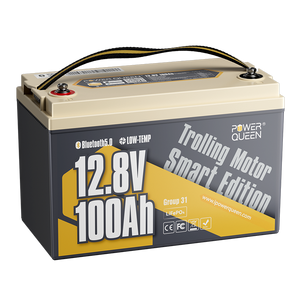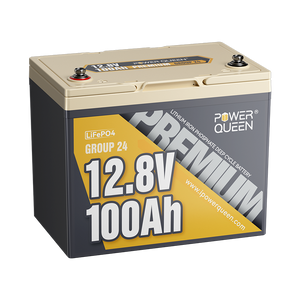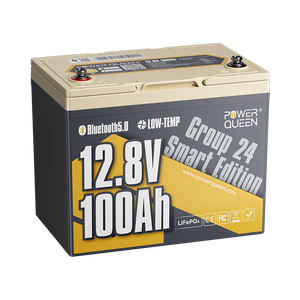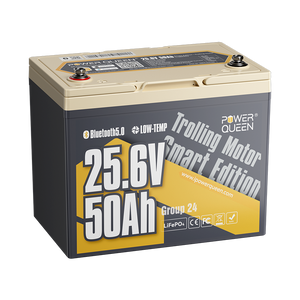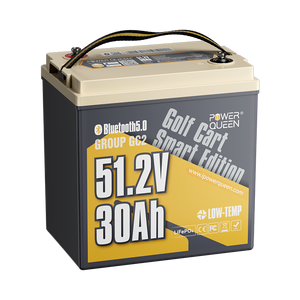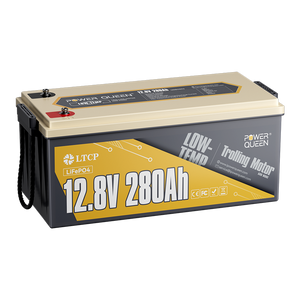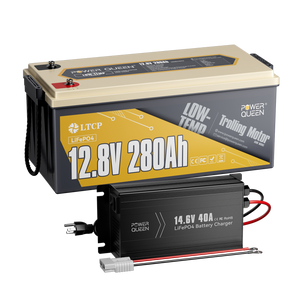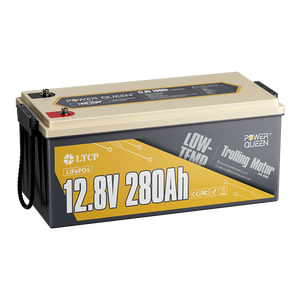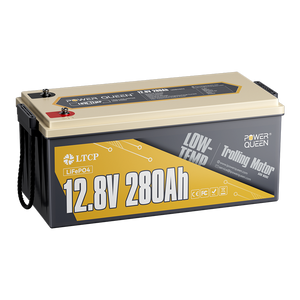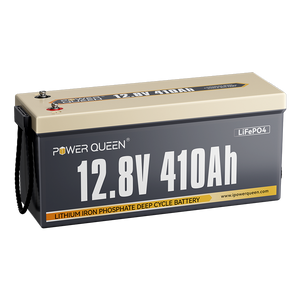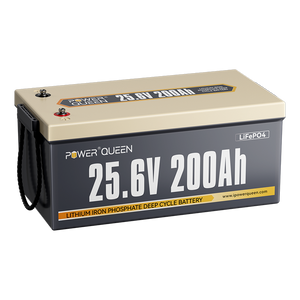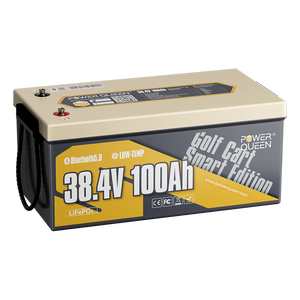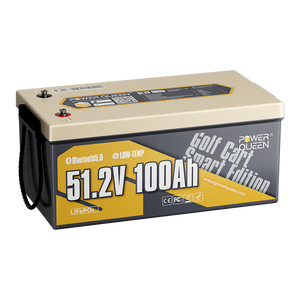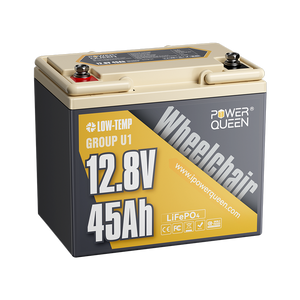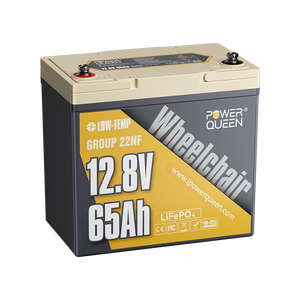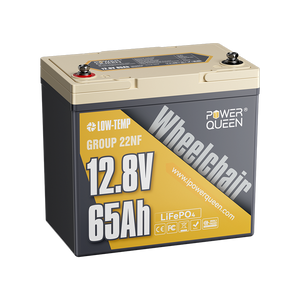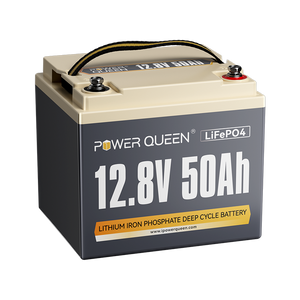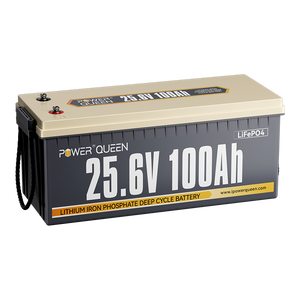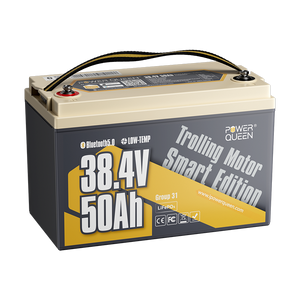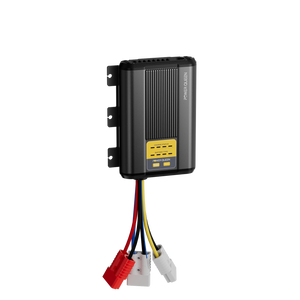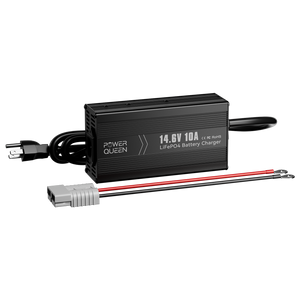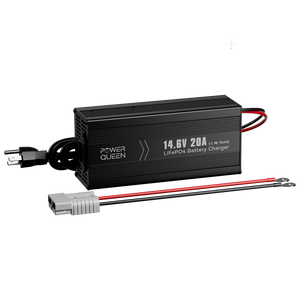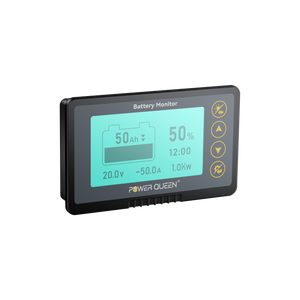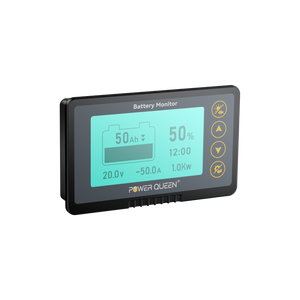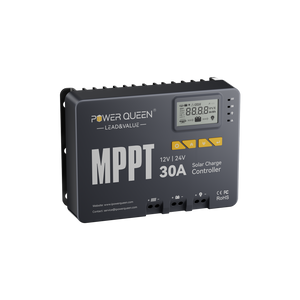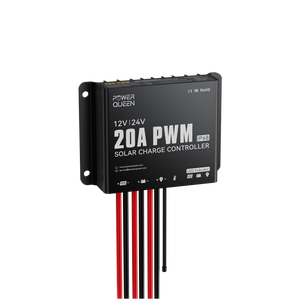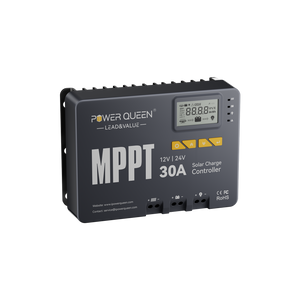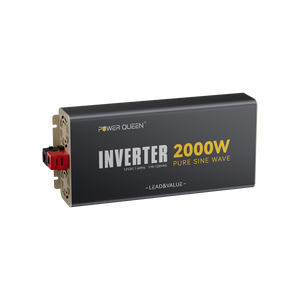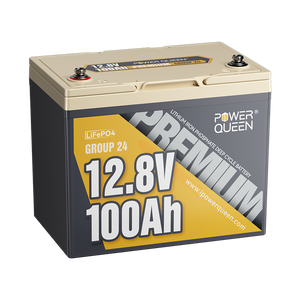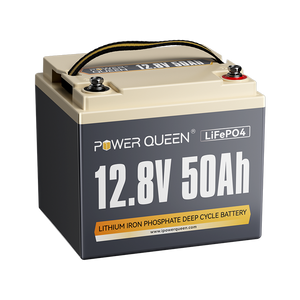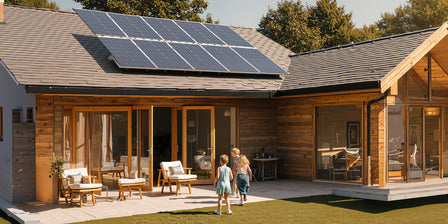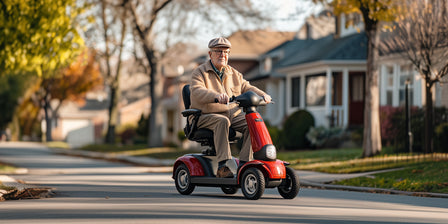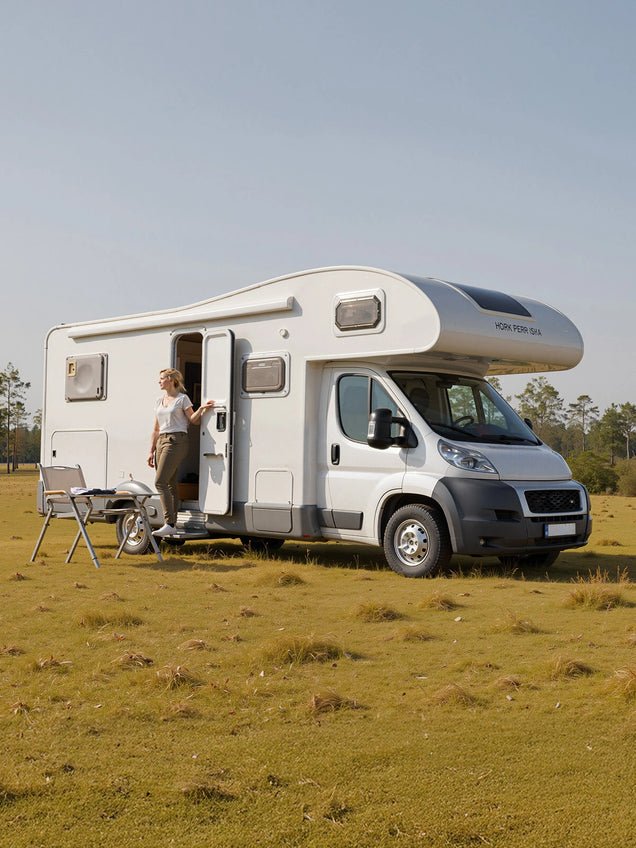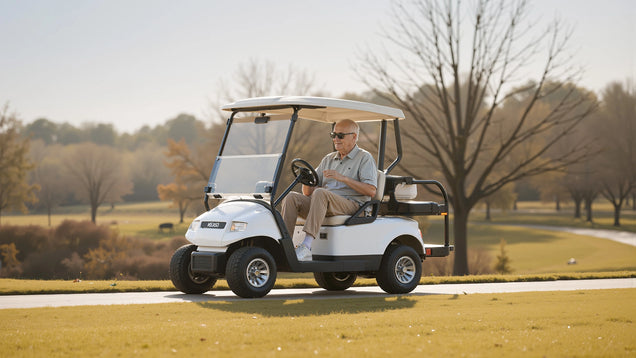[2023] A Full Guide on How to Charge Power When Power is Out

Section 1: Use Backup Batteries
Using backup batteries is a straightforward approach to charging your devices during a power outage. You can opt to use rechargeable batteries that you charged ahead of time or purchase new ones intended for emergency situations. Common backup battery types include AA, AAA, C, D, and 9V batteries. To ensure compatibility, make sure you have the right size and voltage for your device and adhere to the manufacturer's instructions. You can also utilize a portable power bank that can charge multiple devices.
Section 2: Harness Solar Power
Another alternative power source that can come in handy during a power outage is solar power. Solar panels are becoming more accessible and cost-effective, and they can generate electricity even on cloudy days. You can utilize a solar-powered charger that can charge your phone, tablet, or other devices equipped with a USB port. Some solar chargers can also save energy in a built-in battery for future use. If you have a solar panel system installed in your home, you may be able to use it to power some appliances, but it's advisable to seek professional assistance to ensure safety and compatibility.

Here we recommend you Power Queen 25.6V 200Ah LiFePO4 Battery, Built-in 200A BMS
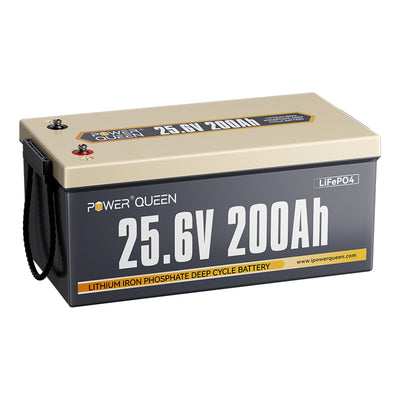

Features:
- 【2x Larger Capacity & Power Supply】 Has a 5.12kWh sufficient energy compared with a basic 100Ah battery, combining double usable energy into a single battery, allowing you to enjoy more leisure time alongside an RV trip. While it’s also a perfect choice for home backup energy storage to build your own solar system with simple installation and no worry about battery connection.
- 【Extended 200A BMS & Automotive Grade Cells】With a 200A BMS which can power max.
- 【Born for Space Saving & Longer Lasting】Providethe same capacity as 4x12V 100Ah batteries connected in 2P2S configuration, but with almost 40% space-saving, with fewer footprints and makes it easy to move for RV, camping, and off-grid applications. Own a 5.12kWh usable energy can enjoy a nearly 5-day off-grid experience based on the daily consumption of an average 1kWh.
Section 3: Utilize Car Batteries
If your car is still operational during a power outage, you can harness its battery to charge your devices. You will need a car charger adapter that can convert the DC power from the car battery into AC or USB power compatible with your devices. Alternatively, you can consider obtaining a portable jump starter, a device that not only jump-starts your car but also charges your devices and provides emergency lights.
Section 4: Prepare for Power Outages in Advance
While power outages are unpredictable, you can prepare for them ahead of time by stocking up on backup batteries, solar chargers, car charger adapters, and other crucial supplies. It's also wise to have a plan in place for communication with family and friends, staying warm or cool, safely storing food, and staying informed about the situation. You can seek tips and resources from your local utility company or emergency management agency on how to prepare for power outages in your region.
Section 5: Use Power Stations
A power station is a portable tool that generates electricity during a power failure. They resemble portable power banks but are more potent and can provide power for an extended period. Power stations are available in various sizes and designs, ranging from compact models that can be carried in a backpack to massive ones that can power an entire residence. They can be charged using a wall socket, car battery, or solar panels. To utilize the power station, you connect your device to a charging port.
Bonus Tip to Conserve Your Phone's Battery
Following steps:
- Dim the brightness of your screen by adjusting the slider in your phone's display settings.
- Enable Low Battery Mode in your phone's battery settings.
- Close any background applications running on your phone.
- Turn off WiFi, location services, and Bluetooth in your phone's settings.
- Consider using Airplane mode to disable all connectivity features, especially when your phone is not in use.
- Avoid using your phone to play music, podcasts, or games as this will quickly drain your battery.
- If you won't be using your phone for several hours, it's best to turn it off completely to conserve battery life in the long run.
Conclusion
Power outages can be inconvenient, but they don't have to be completely powerless. By using backup batteries, solar power, car batteries, and other alternative power sources and methods, you can still charge your devices and stay connected during an outage. Remember to prioritize safety, follow the manufacturer's instructions, and prepare for power outages in advance. With these tips and solutions, you can charge power when power is out.
